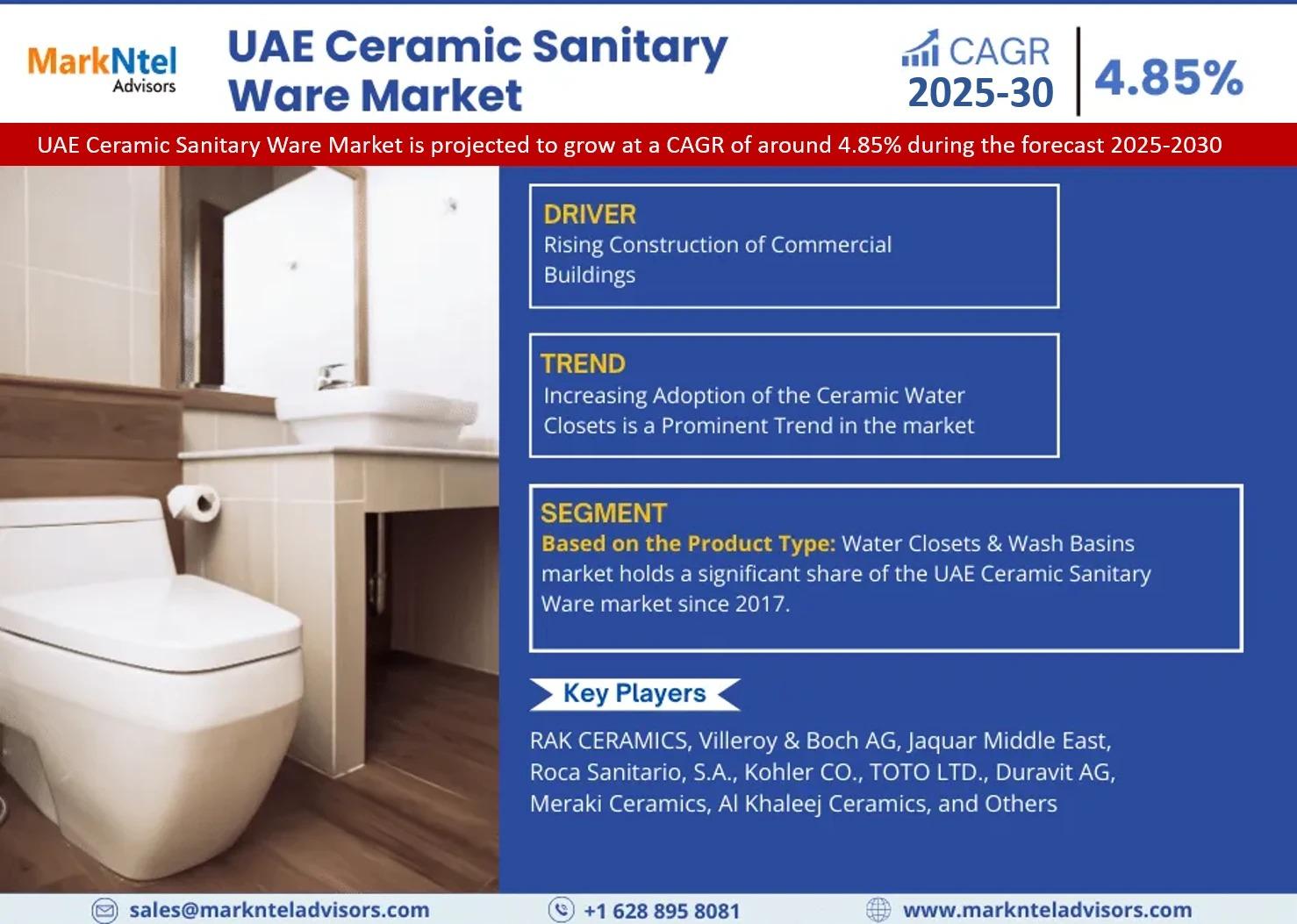What Is a Service Service Business Development Center?

A Service Business Development Center (Service BDC) is the arm of a dealership focused on service‑department demand: scheduling, follow‑ups, retention, recalls, maintenance, parts, and ensuring the service bays stay busy. It’s more than just taking service appointments—it’s about proactive customer engagement, nurturing existing service customers, reducing friction, improving efficiency, and maximizing revenue from all post‑sale opportunities.
In traditional dealerships, service departments often react to customer needs: someone calls, drops in, or sends in a request. But a modern Service BDC—especially when powered with AI—takes a far more aggressive and forward‑thinking approach. It shifts from passive receipt to active outreach, from missed opportunities to captured revenue.
Why Service BDC Is Crucial to Dealership Success
Here’s why having a strong, well‑operated Service BDC matters:
-
Steady, Recurring Revenue
Unlike new car sales, service and parts bring consistent demand. Cars need maintenance, recalls happen, warranties expire, customers need tires, accessories, etc. A Service BDC leverages that, ensuring customers return and service bays are utilized. -
Customer Retention and Loyalty
Service experiences often define long‑term relationships more than the car purchase itself. If customers get excellent service, reminders, and communication, they are more likely to return, stay loyal, refer others, and even come back when buying their next car. -
Maximizing Capacity & Efficiency
Service bays, technicians, parts inventory are fixed or semi‑fixed resources. Any downtime or missed appointment is lost profit. A Service BDC helps fill those slots, reschedules no‑shows, reduces waiting times, and smooths the workflow. -
Cost Savings
Manual follow‑ups, missed recall opportunities, inefficient scheduling—these all cost. Automating parts of the service workflow via a Service BDC reduces labor cost, frees up staff to focus on higher‑value tasks, minimizes human errors, and saves overhead. -
Customer Experience & Reputation
Prompt responses, proactive reminders, clarity about appointments, transparent pricing, and consistent communication contribute to trust. In an era where reviews and word of mouth influence buying, great customer service matters. -
Data Insights and Strategic Decision Making
The Service BDC can collect data: appointment show rates, parts demand, recall response, average intervals between services, customer behavior, etc. These insights help inventory planning, staffing, marketing, and promotions.
How BDC.AI Implements a Service BDC
BDC.AI offers a Service BDC capability embedded within its AI‑enabled BDC platform. These are the key elements and features BDC.AI brings to service department operations:
-
Lightning‑fast responses to service requests: Inquiries to service—via web forms, SMS, email, chat—are handled instantly, not waiting for manual pickup. The average response time is very low (around a couple of seconds) so no customer waits.
-
Always‑on availability: The AI agents in BDC.AI function 24/7/365. That means even outside regular business hours or when staff are unavailable, service requests are acknowledged, appointments can be scheduled, and customers feel heard.
-
Self‑service tools: Customers can use tools to request service, schedule appointments, reschedule, check availability, etc., without waiting for a human. This reduces friction andimproves satisfaction.
-
Integration with CRM / DMS / dealership systems: BDC.AI integrates with over twenty systems so data flows—vehicle history, customer info, parts availability, service schedules—are accurate. That ensures service appointments are realistic, parts are available, and communication is consistent.
-
Personalized follow‑ups & reminders: After the appointment is booked, BDC.AI sends reminders. If the customer misses the appointment, it follows up. It recalls past service history, preferences. This keeps customers engaged and reduces no‑show rates.
-
Multilingual & omnichannel communications: The service BDC via BDC.AI supports communication in multiple languages and across SMS, email, chat, social. Customers can use the channel they prefer.
-
Human escalation when needed: For complicated service issues, estimate negotiations, or whenever the customer wants to talk to a person, the AI can escalate leads to human agents. This ensures that automation does not lead to frustration in complex situations.
-
Performance tracking & reporting: Daily reports (“show & sale” but similarly “show & service”), tracking of KPI metrics: response times, appointment set rate, show rate, parts upsell, etc. These help dealerships refine process, find bottlenecks, see where service BDC is performing or needs work.
-
Cost reduction & scaling: Because many repetitive tasks are handled by AI (booking, reminders, follow ups, basic inquiries etc.), service departments can scale their service demand without a linear increase in staff or overhead. BDC.AI claims substantial cost savings.
Best Practices for Running a Successful Service BDC with AI
To get the full value from a Service BDC setup (drawing from BDC.AI’s model and industry practice), dealerships should follow certain best practices:
-
Define Clear Service‑BDCs Goals & Key Metrics
Set measurable targets: how fast to respond to service requests, appointment set‑rate for service, show rate, parts sales per service visit, retention rates. These act as benchmarks and help measure success. -
Ensure Realistic, Up‑to‑Date Data
Service BDC depends on accurate information: availability of service bays, technicians, parts inventory, vehicle history. Any mismatch leads to customer disappointment. Integration with systems must be live or near‑real‑time. -
Design Friendly, Brand‑Consistent Messaging
Even when responses are automated, ensuring tone, clarity, friendliness, and reflecting dealership values matters. Messages such as estimates, reminders, follow‑ups should match brand voice. -
Use Multichannel Reminders & Confirmations
Multiple touchpoints: initial confirmation of appointment, reminders (a day ahead, maybe a morning of), reschedule options, post‑service follow up. Use SMS, email, and possibly calls for confirmation. -
Handle No‑Shows Proactively
When service appointments are missed, follow up quickly. Offer rescheduling. Understand reasons for no‑show. Active follow up recovers lost revenue. -
Leverage Automation Where Appropriate, but Keep Human Touch When Needed
Use AI for routine inquiries and scheduling etc., but ensure customers can escalate to humans when they have specialized needs or when negotiation, complaints, or unusual service issues occur. -
Monitor KPIs and Continuously Improve
Regularly review performance metrics. For example, if appointment show rates are low, examine reminder cadence or messaging. If parts upsell per visit is low, maybe parts promos or follow‑ups can help. Constant iteration. -
Train Staff to Work with AI
Service advisors or BDC agents need to understand how AI interacts with customers, when to intervene, how to take over an escalated case, how to interpret context from AI interactions, how to maintain brand voice and consistency. -
Ensure Customer Experience Is Smooth & Transparent
Clear communication of cost estimates, parts needed, timeline, what to expect at appointment. Transparency avoids surprises and builds trust. -
Respect Privacy and Security
Manage customer data securely, comply with relevant regulations, ensure customers are allowed to choose communication preferences, maintain data protection standards.
Key Metrics & Benchmarks for Service BDC
To evaluate Service BDC performance, dealerships should track metrics. BDC.AI provides benchmark targets:
| Metric | Typical Target / Benchmarks for Service BDC |
|---|---|
| Response Time to Service Requests | Under 60 seconds (BDC.AI aims much faster on average) |
| Appointment Set Rate (Service) | 25‑35% of contacted service leads lead to booked appointments |
| Service Appointment Show Rate | 65‑80% of scheduled service appointments happen (i.e. customers show up) |
| Lead Engagements per Service Lead | Multiple touchpoints (around 6‑10) during nurture or follow‑up period |
| Follow‑Up Duration | Typically 14‑30 days for nurturing service leads or checking in after appointments or no‑shows |
| Part Sales / Upsell Revenue per Service Visit | Measure how many service visits yield additional parts, accessories or maintenance beyond the core job |
| Customer Retention – Repeat Service Visits | Percentage of customers returning for scheduled maintenance or follow‑ups |
Challenges to Be Aware Of & How BDC.AI Helps Mitigate Them
While Service BDCs offer many benefits, there are pitfalls. BDC.AI’s design tries to address many of them, but dealerships should be aware:
-
Missed or Late Responses: If replies to service requests are delayed or ignored, customers may go elsewhere. AI's instant response helps avoid that gap.
-
Over‑Automation Without Personalization: If automation is too generic, customers may feel like they’re getting a one‑size‑fits‑all experience. BDC.AI emphasizes personalized follow‑ups, remembering preferences, using brand voice.
-
Data Inaccuracy: If system shows parts unavailable or technicians not free when they are booked, customer expectations are disappointed. Ensuring integration with inventory, scheduling systems, service department availability is crucial.
-
No‑Show and Appointment Drops: Some service appointments don’t happen because customers forget, timing conflicts, or unclear communication. Reminders, confirmations, reschedules via Service BDC help.
-
Staff Resistance or Process Change: Employees may fear AI will replace them or change how they do things. Training, role clarity, showing AI as augmentation rather than replacement, defining escalation to human agents helps.
-
Ensuring Quality of Human Escalation: When customers need to talk to humans, hand‑offs must preserve context (what was asked, what messages exchanged). BDC.AI designs escalation triggers and transfer processes to maintain continuity.
Measurable Impacts Dealerships Observe with Service BDC via BDC.AI
Dealerships using BDC.AI for service BDC functions tend to see these impacts:
-
Much faster acknowledgment of service requests: from hours to seconds. This helps reduce drop‑off and improves customer perception.
-
Higher appointment show‑ups: because reminders, confirmations, and scheduling automation minimize friction. Fewer missed service appointments, which means more revenue and better capacity usage.
-
Increased parts and service upsell: when service BDC uses follow‑ups, knowledge of vehicle history, and targeted communication (e.g. upcoming maintenance, recommended parts), many service visits produce additional revenue.
-
Reduced operational overhead: less manual follow‑up, fewer staffing needed for after hours work, less time spent just handling incoming service inquiries. Staff can focus more on quality of service and high‑value customer interactions.
-
Better customer satisfaction and loyalty: customers appreciate responsiveness, reminders, clarity, communication. This tends to translate to more repeat visits, positive reputation.
What a Typical Service BDC Workflow Looks Like (Powered by BDC.AI)
Putting all these pieces together, here’s how a dealership might run its service BDC using BDC.AI:
-
Service Request Comes In
A customer submits an inquiry via website, text, email, or chat, or perhaps a recall notice or maintenance reminder prompts interest. -
Instant Response
The AI BDC agent acknowledges immediately—either to schedule service, ask clarifying questions, check appointment availability, etc. -
Offer Scheduling
The system shows available time slots, aligns with service bay and technician schedules, suggests options, customer picks, and the appointment is booked. -
Confirmation & Reminders
Once booked, customer gets confirmation. Before appointment, reminders are sent (e.g., a day ahead, maybe morning of). Rescheduling is offered if needed. -
Handling No‑Shows
If customer doesn’t show up, the system follows up: understand why, reschedule, ensure service bay utilization remains high. -
Post‑Service Follow Up
After appointment, BDC touches base: satisfaction survey, parts or accessory promotions, reminders for next maintenance, recall, or warranty check. -
Escalate If Needed
If the customer has complex issue, complaint, or special request, transfer to human agent with full context. -
Reporting & Analytics
The dealership tracks metrics (response time, appointment set rate, show rate, parts upsell, etc.), identifies areas for improvement, adapts reminders, workflows, messaging, and staffing accordingly.
The Bottom Line: Why Service BDC via AI Is a Game Changer
Service BDC powered by AI, like BDC.AI’s model, isn’t just about automation—it’s about capturing opportunity, reducing wasted effort, increasing revenue, and boosting customer satisfaction. The tools allow dealerships to:
-
Never miss a service request
-
Respond immediately and consistently
-
Engage customers proactively, not just reactively
-
Fill service bay capacity more reliably
-
Reduce inefficiencies and manual administrative burden
-
Build stronger customer relationships, repeat business, loyalty
For dealerships facing increasing competition, rising customer expectations, and pressure to optimize every revenue stream, investing in a robust Service BDC with AI capability often yields strong returns—improved service department utilization, better parts sales, more consistent service scheduling, and long‑term customer retention.






